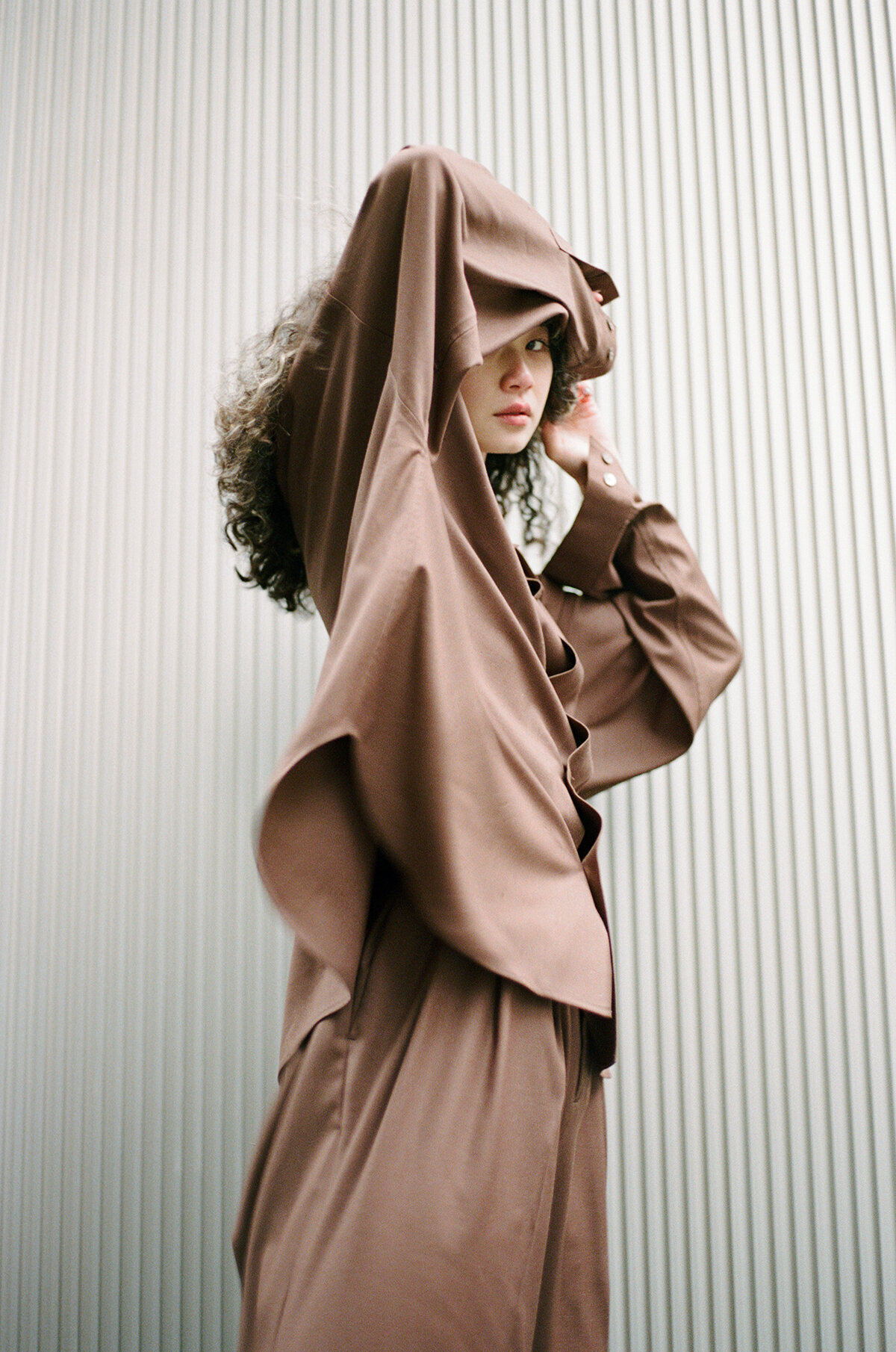Artist Feature: Xin Li
Xin Li (b.1994) is a photographer born and raised on the west coast of Norway. She has previously lived and worked in Hong Kong, and is currently residing in Oslo. Her main subject is people in different settings, whether it be in the form of personal portraits, fashion stories or a candid shot from last night's party.
She considers herself a multidisciplinary artist, and shoots everything from visual content for brands and musicians to conceptual art photos. Using mainly 35mm film, her style of photography is often a fuse between the polished and gritty mixed with contemporary aesthetics.
Photography by Xin Li
Q: Can you share something you've learned from creating this body of work that would resonate with our community?
XL: It took me some time to find my style in photography. I started out when I was in my teens and I feel like my photos have grown with me in a way. I learned everything I know about photography on the internet and by trying things out myself, so it's been a learning curve for sure (and still is). Through this, I have learned to not be too self critical of my own work, because there is no such thing as perfection. I think this is something that keeps a lot of people from creating, and it definitely shouldn't be.
Photography by Xin Li
Q: What type of expectations for women artists are the most frustrating or challenging to you?
XL: The art world (and the world of photography) is majorly dominated by men, which often means that we as women need to speak twice as loud to be heard or taken seriously. And also the microaggressions we experience in male dominated spaces are super frustrating - like, I have had people come up to me on set assuming I was either the stylist or the makeup-artist and being surprised when I tell them that I am the photographer...
Q: Tell us about your work process! Do you plan your images ahead or are you more improvisational?
XL: I usually have a general idea of what I want to achieve from a shoot, but I like to be experimental when doing the actual shooting. For example, the color palette in my work is something I am pretty picky about, so that is something I always think through beforehand. When I take photos of objects/these little sculptures I make, I like to sketch and plan things out in detail.
When I am taking photos of people (except for when I am working with a team), I find a location and think about a few poses in advance - but other than that, it is pretty improvisational. My ideas often come from a certain feeling or mood I would like to portray, and I just go with that. Often the unplanned shots end up being better than the planned out ones. I talk a lot with the models on set, because I think it is very important that it feels like a team effort and that everybody feels comfortable and good about what we are creating.
I also take lots of snapshots. Photos that aren't planned out at all - just random bits and pieces from my life that I spontaneously snap when I see them. I see these as an important part of my work as well.


Photography by Xin Li
Q: What does being a feminist mean to you?
XL: It means that I support equal rights for everyone and being unapologetic about taking up space in this world. It is to be able to break out of the tiny boxes we have been taught to fit in, but also having the freedom to fit into these boxes if I want to. To stand in solidarity with people that fight other battles than you. My feminism is intersectional. We all see the world from different standpoints but we will never be truly equal if it doesn't include everyone.
In my work, it means to always be aware of how I portray people. Femininity and masculinity doesn't need to be defined by gender for example, and I think it is important to show that.
Q: Do you have any upcoming events, exhibitions, or news you'd like to share?
XL: I am having a mini exhibition in Macau this summer, so excited for that!
Follow @_xinli_ and view more at xinliphotography.com









